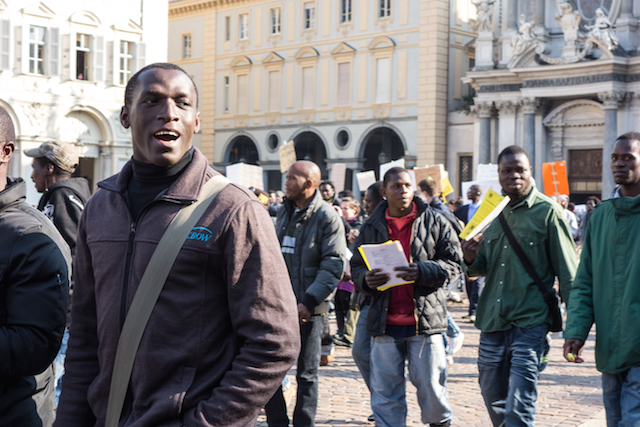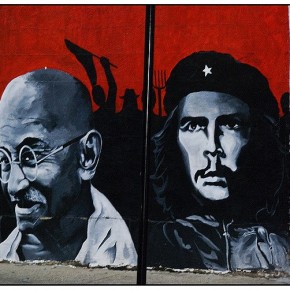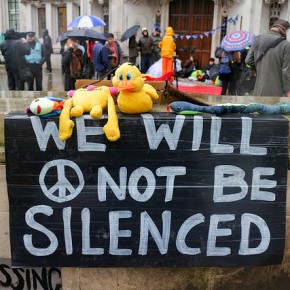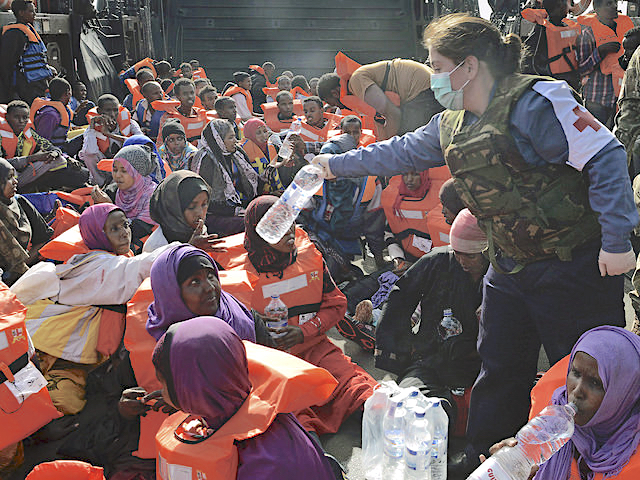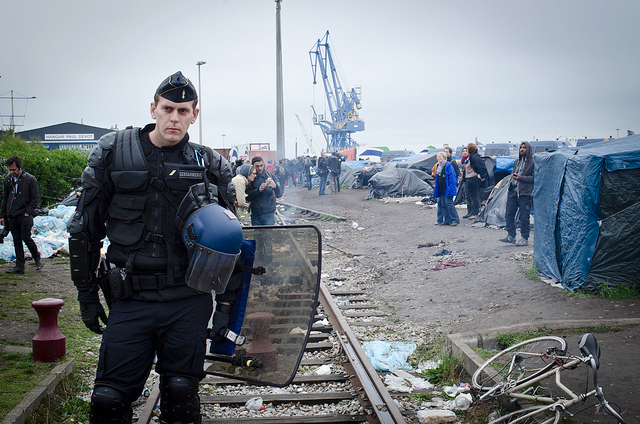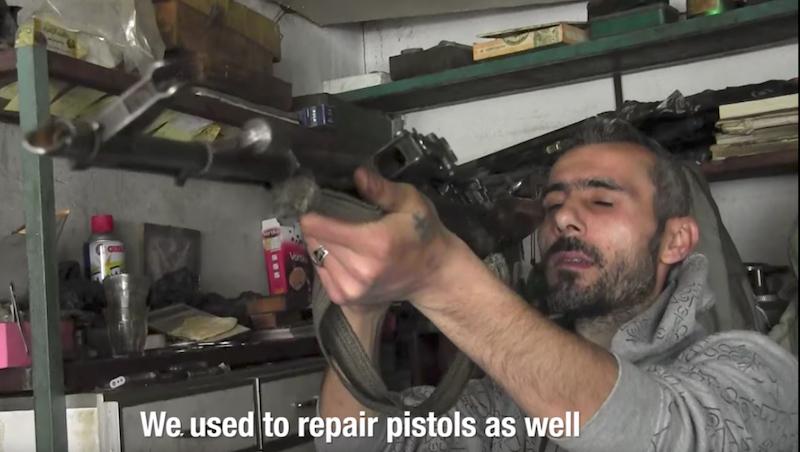The shock and horror at the mass drowning in the Mediterranean has been followed by a lot of huffing and puffing about how callous Europe is for allowing this to happen. Indignation abounds, but few solutions are being offered.
One, pushed by the naive and the disingenuous, is to “fix” the countries where the migrants come from. The theory goes that if they only had opportunities at home, Europe’s attraction would lessen.
But bitter experience shows that we have neither the knowledge nor the resources to set to rights the areas that are sending us their desperate hordes: the Sahel, the Horn of Africa, the badlands of the Fertile Crescent and the Hindu Kush and more. There’s the economic migrants from the humid tropic countries of West and central Africa. Then there’s the migrants from Central Asia and further afield. There is very little we can do to stanch this flow.
It’s not as if we haven’t tried: aid, trade, investment, military intervention, budget support, diplomacy and more – all have been tried, usually more than once. Whether someing works or not seems utterly random, dependent on variables no-one thought of when the policy was formulated. Our success rate has been pretty abysmal.
The bottom line is we can’t do it. So what do we do now?
The migrants know what they are doing. They are taking a calculated and relatively slight risk: the death rate works out at about 1 in a 100 (3,000 drownings for 300,000 surviving the crossing this year). Those can seem like good odds if the alternative is war or famine or Eritrean forced labour or ISIS knives – or simply a life of rural drudgery.
It is we who don’t know what to do. And simply blaming our politicians is facile.

Will muddling through – better search and rescue, processing camps in North Africa, etc. – work? Probably not. No one will want to sit in a camp in the Egyptian desert if there’s a boat available and a 99 % chance of making it across alive. And better search and rescue makes the odds of surviving even better, marginally encouraging more migrants to take their chance.
There are only two measures that would stop these deaths. They are either fully opening the EU’s borders, or sending everyone right back, no ifs and buts. In the first case, everyone gets themselves an EasyJet ticket rather than pay thousands to smugglers. In the second, there’s no point in trying: even if you reach Italy, you’re just immediately put on a boat back. That’s what Singapore does, and it’s why you never hear of a refugee crisis there
Europeans have made their desire clear. They want no more immigration, and certainly not mass immigration. But I believe they could be persuaded to accept people on a work visa, who do not have access to social services ,and are not allowed to bring their families over.
Call it the Emirati solution. Foreigners are free to travel there, but they have to work, have no call on social services, and are deported after a month’s unemployment. It works that way for everyone from the cleverest banker to the poorest labourer (the latter of course suffer from serious human rights abuses, but these are not necessary for the system to work, and need not arise in Europe to any significant extent).

This solution would, I suspect, work in Europe, since the opening of the borders would allow workers to go home for holidays and family visits. It would also help deal with Europe’s demographic deficit. The fact that these labourers would have no call on native services would reassure Europeans worried about loafers, and make accepting them much easier.
Two forces would be against this humane solution. First, those who believe migrants should be accepted with open arms and have full rights, even at the risk of encouraging the growth of racist parties. Second, trade unions afraid that native labour wage bargaining would be undercut.
The first lot are posturing: their solution could not work in today’s Europe as long as Europe remains a democracy. The second lot have a point, since we have far too many citizens to go whole hog for the Emirati solution of becoming lazy loafers profiting from the labour of a multinational foreign army.
So – deportation or open borders.
There, is of course, a final option: let the current system continue. The migrants are happy to risk a one in a thousand chance of drowning. We could respect their choice.
Photographs courtesy of Joel Schalit.
